PRESENTATION: Martin Puryear (Sierra Leone)
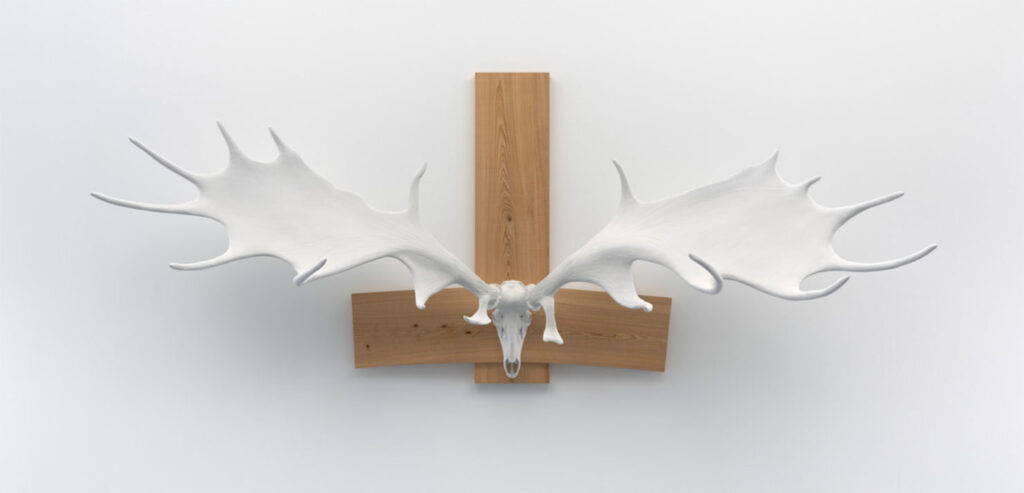
Over the last five decades Martin Puryear has created a body of work based on abstract organic forms rich with psychological, cultural, and historical references. His labor-intensive sculptures are made by hand at his studio in upstate New York. They combine practices adapted from many different traditions, including wood carving, joinery, and boat building, as well as more recent technology.
By Dimitris Lempesis
Photo: Matthew Marks Gallery Archive
Martin Puryear (Sierra Leone 1964-66) presents a solo exhibition in Los in Los Angeles after 30 years, the exhibition includes seven sculptures made over the past five years in a variety of media including wood, bronze, and stone. “Looking Askance” (2023), is constructed from red cedar and pine and finished with an oil-based paint in silvery gray. From one side, the sculpture evokes the shape of a colossal head, a form that has appeared in the artist’s work through the decades. From the other side, the work reveals a complex interior, which not only foregrounds the artist’s craftsmanship, but also, what Robert Storr has described as the “dialectic within Puryear’s working methods between open and closed forms”. The shape of the bulging latticework of “Aso Oke” (2019) is inspired by the Nigerian hat of the same name made from handwoven cloth. Puryear built a seven-foot-tall pattern in rattan and twine in his studio, which he then cast in bronze. The first version of “A Column for Sally Hemings” (2021) was exhibited in the US Pavilion at the Venice Biennale in 2019. The base of the sculpture is fluted like the Pavilion’s Doric columns, which were modeled on those at Thomas Jefferson’s estate, Monticello, where Sally Hemings was enslaved. Carved from white marble, the sculpture’s base tapers at its top like the waist of a skirt. Set into the marble is a cast-iron stake culminating in a ring, a form that first appeared in Puryear’s work in the 2014 sculpture “Shackled”. In the wall-mounted “Hibernian Testosterone” (2018), a cruciform of American cypress supports an animal skull sprouting enormous antlers belonging to the Irish elk, an extinct animal once common across Ice Age Europe. Puryear has reproduced the twelve-foot wide antlers at actual size. They are a magnificent form but also, as the title implies, an absurd display of masculinity, one that biologists say contributed to the species’ demise.
Martin Puryear grew up in Washington, D.C., and there attended Catholic University of America. After graduating, he joined the Peace Corps, teaching in a remote village in Sierra Leone. Puryear, who is African American, was intrigued by the native crafts he saw there, and he subsequently studied woodworking and design in Stockholm before returning to the United States to attend Yale University. He taught at Fisk University in Nashville and at the University of Maryland before moving to Chicago in 1978. He taught at the University of Illinois at Chicago from 1978 to 1990 and then moved to upstate New York, where he continued to work. He received a MacArthur Foundation fellowship in 1989. Puryear’s experiences in Africa and Scandinavia led him to concentrate for much of his career on the sculpting of wood, a medium not commonly employed in modern sculpture. His elegant and powerful work shows a consummate understanding of a wide range of woodworking techniques, including processes such as the lamination and painting of forms and strategies evolved from basketry. His forms, reduced to essences, are derived from nature or culture and still suggest the actual objects to which they refer. Puryear’s efforts as a public sculptor have led him to such materials as steel and granite. In the 1990s several of Puryear’s works contended with the boundaries of fine art and everyday objects. In the piece “Ladder for Booker T. Washington” (1996), Puryear transformed a useful tool into sculpture. The ladder quickly narrows as it rises, impeding function while suggesting an infinite climb. Puryear also designed a series of circular benches whose elegant abstract forms confuse the distinction between furniture and sculpture. Puryear continued to create work into the 21st century, including a series of sculptures considering the idea of freedom, the centerpiece of which was “Big Phrygian” (2010–14), a massive rendition of the cap associated with liberty. He collaborated with New York’s Madison Square Park Conservancy on a monumental sculpture, Big Bling (2016), to temporarily reside in that park. Puryear was selected to represent the United States at the 58th Venice Biennale (2019), in which he returned to themes of freedom in an exhibition titled “Liberty/Libertà.”
Photo: Martin Puryear, Hibernian Testosterone 2018, Painted cast aluminum, American cypress, 57 × 141 × 44½ inches; 145 × 358 × 113 cm, © Martin Puryear, Courtesy the artist and Matthew Marks Gallery
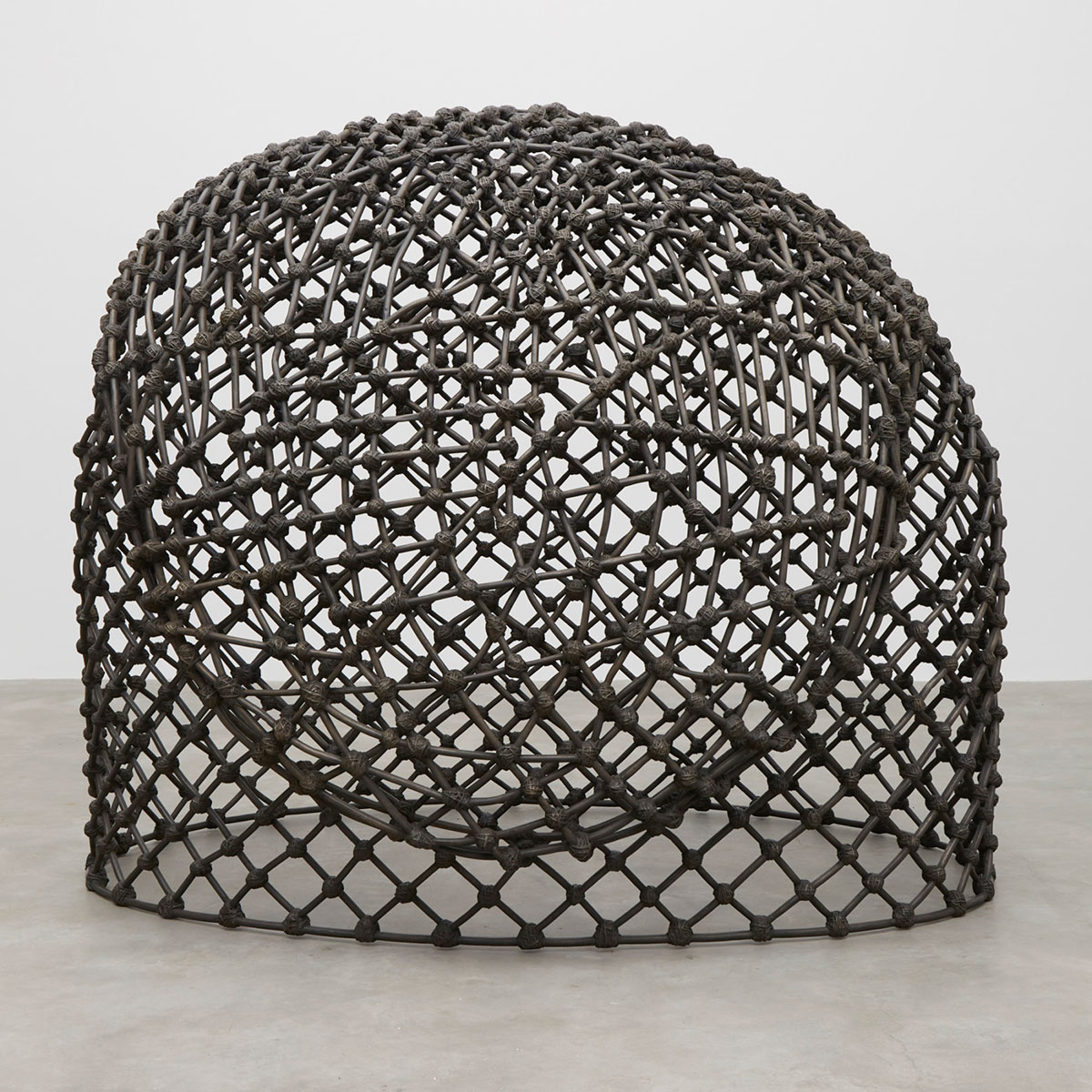
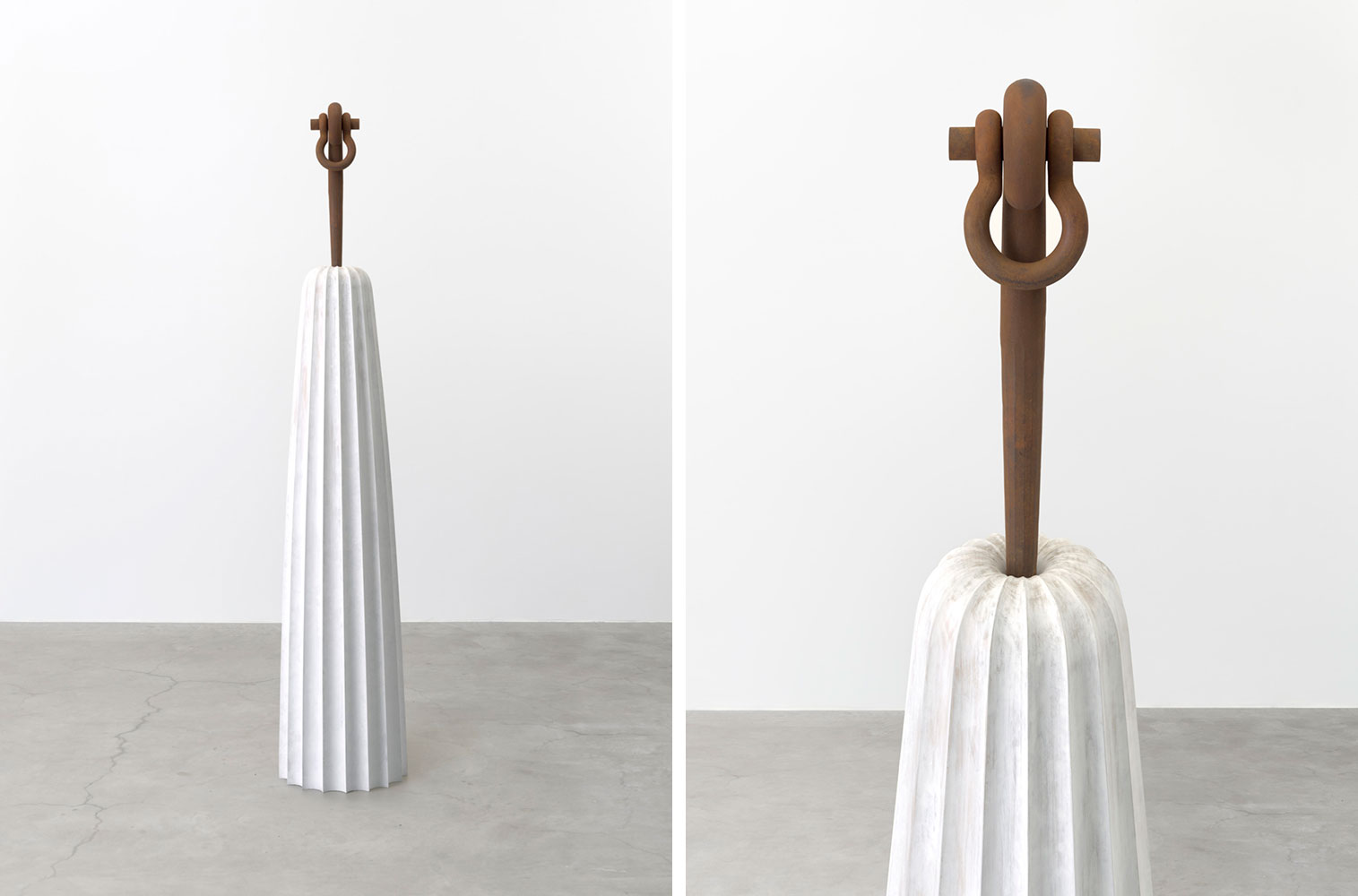

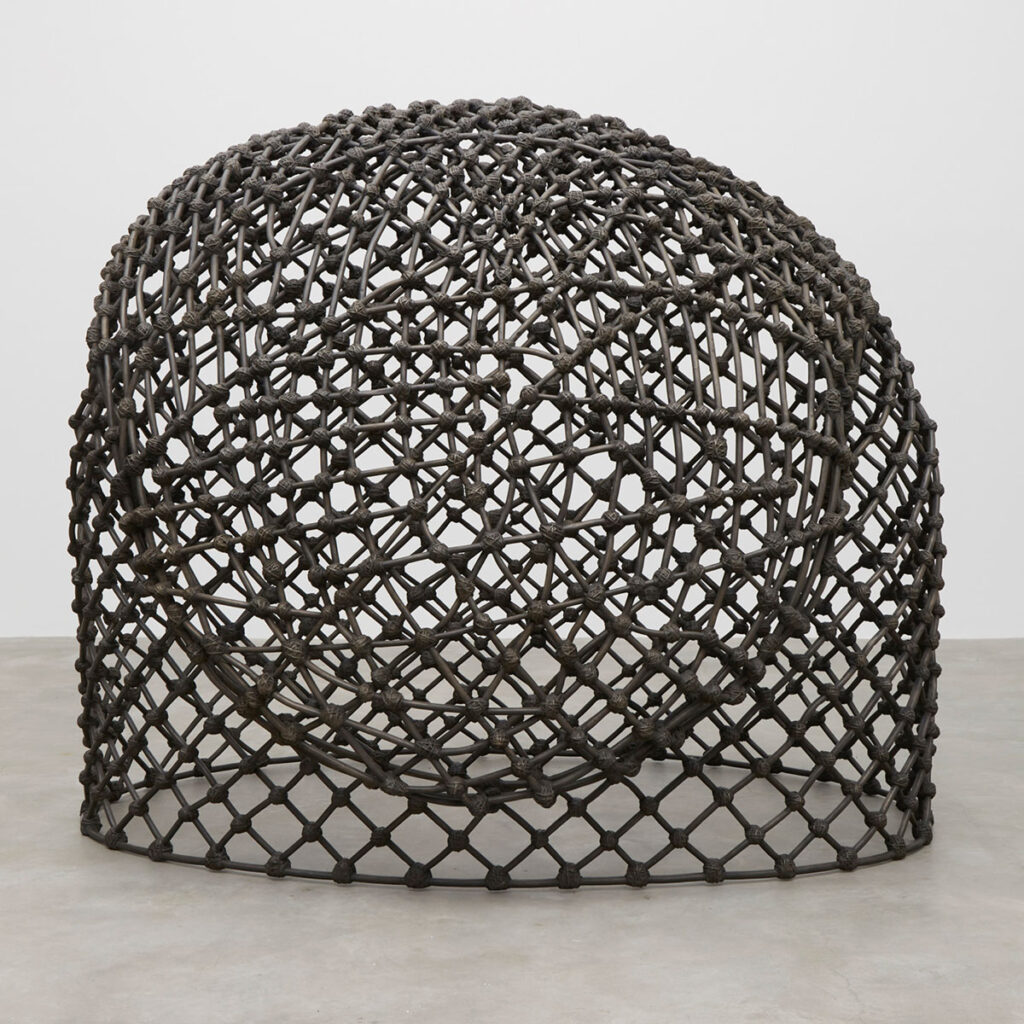
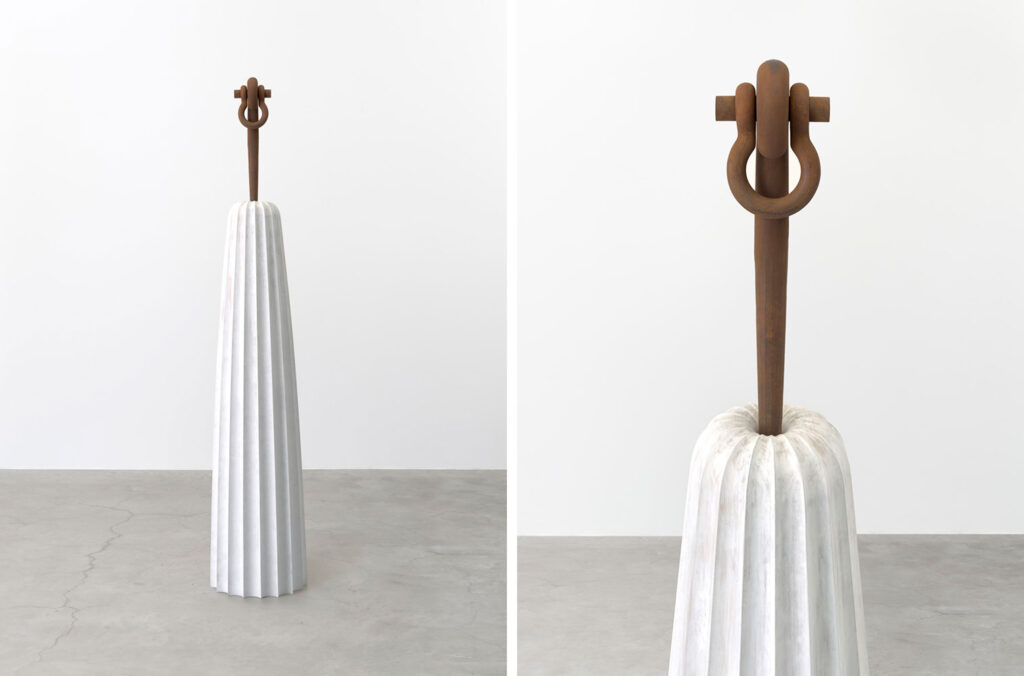
Beautiful work – BRAVO !
Beautiful. I only wish there were more images or that there were a reference for where to see more of the artist’s work.